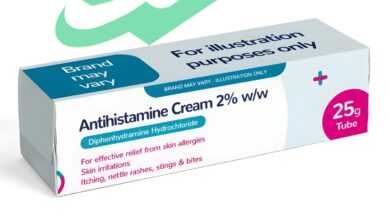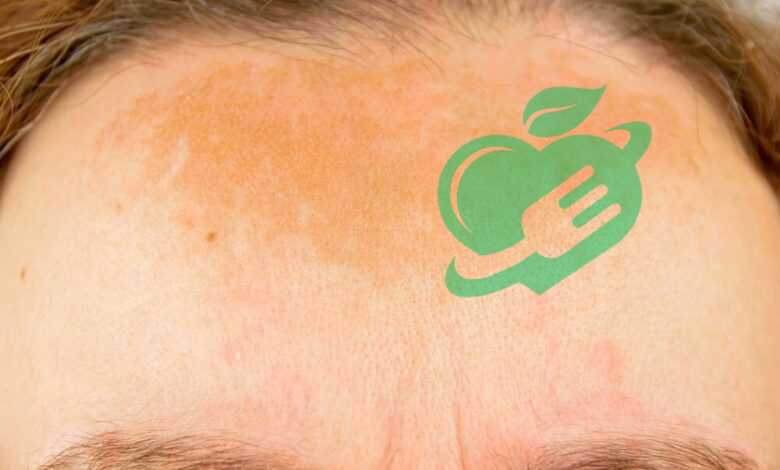
Understanding Sunspots on Face
Sunspots face, or solar lentigines, are small, darkened patches that can appear on the face and other exposed areas of the skin as a result of prolonged UV exposure. They often develop as the skin’s natural response to safeguard itself from the harmful rays of the sun. Many people may encounter sunspots as they age, leading to the common misconception that they are a sign of aging. However, sunspots can appear at any age, often as early as the late teenage years, especially for those who spend significant time outdoors without protection. Consider Sarah, a 32-year-old active runner who enjoyed long hours in the sun training for marathons. After years of neglecting sunscreen, she noticed dark patches forming on her cheeks. This experience highlights the importance of understanding sunspots and taking preventive measures.
Impact of Sunspots on Skin Health
Beyond their cosmetic implications, sunspots can indicate underlying skin health issues. The appearance of Sunspots face often signals sun damage, which may increase the risk of more severe conditions, such as skin cancer, if protection is not emphasized. The impact of a sunspot’s face extends beyond just appearance. Here are a few aspects to consider:
- Skin Texture Changes: Sun damage can lead to rough patches and an uneven skin texture, making it essential to protect the skin diligently.
- Emotional Effect: For many, the presence of sunspots can lead to reduced self-esteem, prompting individuals to seek cosmetic solutions.
- Early Detection Opportunity: Frequent skin assessments can help distinguish between harmless sunspots and potential skin conditions that may warrant further investigation.
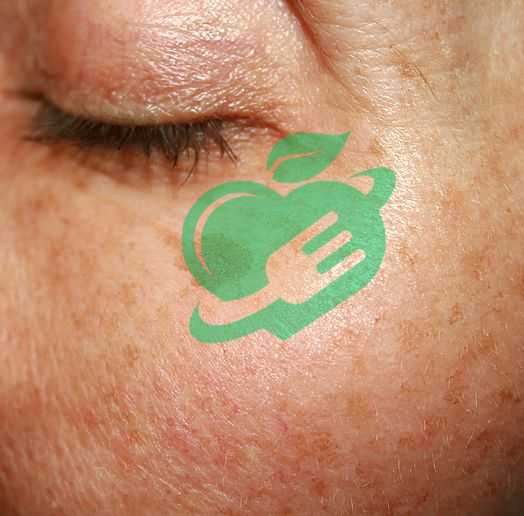
Causes of Sunspots
One of the primary culprits behind the development of sunspot faces is exposure to ultraviolet (UV) radiation. When the skin is frequently exposed to the sun’s rays without adequate protection, it can lead to uneven melanin production, resulting in those dreaded dark patches. For instance, think about Mark, an avid beachgoer who loves to play volleyball in the sun. Despite his enthusiasm, he often skips sunscreen application, leading to several Sunspots face forming over the years. Key points regarding UV radiation and sunspots include:
- Cumulative Effects: The damage from UV exposure is cumulative, meaning it builds up over time. Regular exposure can lead to a higher risk of skin discoloration.
- Tanning Beds: Indoor tanning beds emit UV radiation, which poses similar threats. It can be tempting to seek that sun-kissed glow, but it often leads to sunspots down the line.
Age-related Factors
As time passes, the skin undergoes natural changes that can contribute to sunspot formation. Aging skin becomes thinner and less able to regenerate, leading to a greater likelihood of hyperpigmentation. Take Jane, for example. She’s in her late 40s and has noticed dark spots emerging, which weren’t present in her youth. This transition reflects the natural aging process combined with previous sun exposure. Consider these age-related factors:
- Decreased Melanin Production: With age, the body’s ability to regulate melanin diminishes, leading to uneven distribution and potential sunspots.
- Increased Vulnerability: The skin also becomes more susceptible to damage and discoloration due to environmental factors over the years.
Hormonal Changes
Hormonal fluctuations, particularly during pregnancy or menopause, can exacerbate the formation of Sunspot’s face. Women may notice a condition known as melasma, characterized by brown patches on the face, often influenced by hormonal changes. For example, during her second pregnancy, Lisa noticed dark patches forming along her cheekbones. This experience illustrates how hormones can greatly impact skin pigmentation. In summary, understanding the various causes of sunspots can equip individuals with the knowledge to take preventative measures and encourage healthier habits for their skin.
Read also: Everything you care about dry skin.
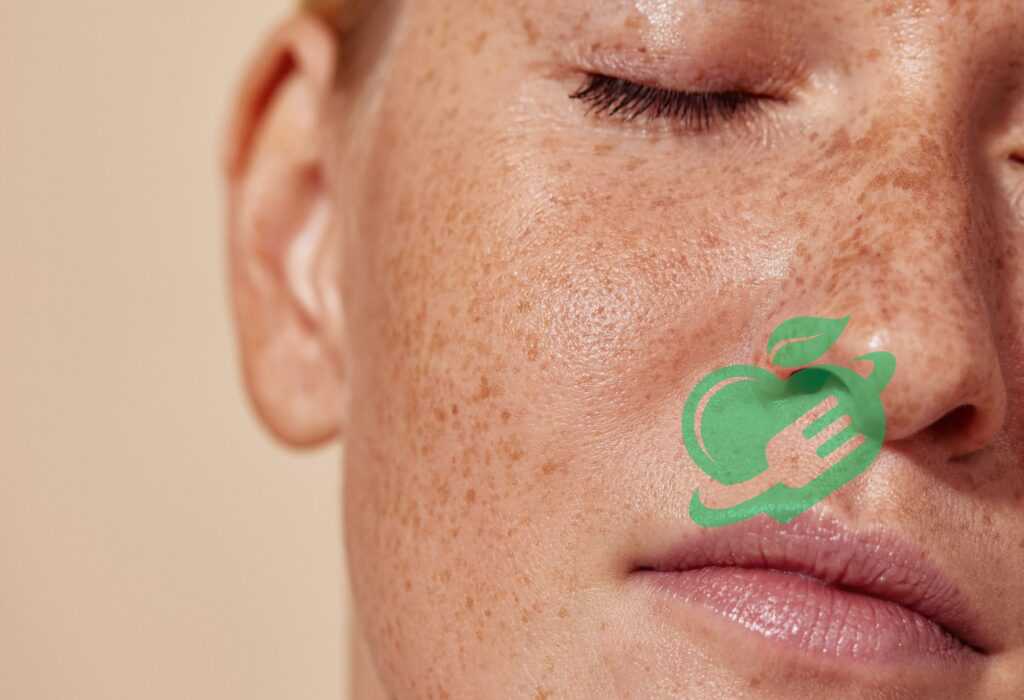
Importance of SPF
When it comes to preventing sunspots, the first line of defense is ensuring the frequent and proper application of sunscreen. SPF, or Sun Protection Factor, indicates how well a product can protect the skin from UV radiation, which can lead to those pesky dark spots. Imagine Ashley, a carefree traveler who always applies SPF 30 before her adventures, even on cloudy days. She understands that UV rays can penetrate clouds, and her diligent sun protection helps keep her skin free from Sunspots. Here’s why applying SPF is crucial:
- Daily Habit: Even on overcast days, UV rays are still present. Cultivating a daily habit of applying sunscreen can significantly reduce the risk of sun damage.
- Broad-spectrum Protection: Look for broad-spectrum options that shield against both UVA and UVB rays, offering comprehensive coverage.
Sun-protective Clothing
In addition to applying sunscreen, wearing sun-protective clothing is an effective way to limit UV exposure. This means garments designed with protective features that can help shield the skin. Consider Tom, who enjoys hiking. He always dons a lightweight long-sleeve shirt and a wide-brimmed hat, effectively reducing his skin’s sun exposure while keeping cool. Key benefits of sun-protective clothing include:
- UPF Ratings: Look for clothing with a UPF (Ultraviolet Protection Factor) rating, indicating how much UV radiation can penetrate the fabric.
- Layering: Combining sunscreen with protective clothing provides excellent defense against sun-induced skin changes.
Dietary Considerations for Skin Health
What you put into your body also plays a significant role in maintaining skin health and preventing sunspots. A diet rich in antioxidants can help fortify the skin against damage. Take Laura, for instance, a health enthusiast who fills her plate with colorful fruits and vegetables. She believes that a vibrant diet not only nourishes her body but also promotes healthier skin. Consider incorporating these dietary tips:
- Antioxidant-rich Foods: Foods like berries, spinach, and nuts can help combat oxidative stress and support healthy skin.
- Hydration: Drinking plenty of water keeps the skin hydrated, which is vital for its elasticity and overall appearance.
Incorporating these preventive measures into a daily routine can empower individuals to better protect their skin and enjoy a more radiant complexion for years to come.
Read also: Discover the Best Vitamin D Supplement for You.

Treatment options for sunspots on the face
When it comes to treating sunspot face, topical creams and serums are some of the most accessible options. Many products are specifically designed to target hyperpigmentation, offering ingredients that help lighten dark spots and even out skin tone. Consider Daniel, who struggled with Sunspot’s face after years of beach vacations. He discovered a potent serum containing ingredients like hydroquinone and vitamin C, which worked wonders on his skin. Here are some effective ingredients often found in topical treatments:
- Hydroquinone: A powerful bleaching agent that can lighten dark spots, but it should be used cautiously and under the guidance of a dermatologist.
- Retinoids: These improve cell turnover and help in fading sunspots on the face over time.
- Vitamin C: Known for its antioxidant properties, vitamin C can brighten skin and combat free radicals.
Professional Treatments like Laser Therapy
If topical solutions aren’t delivering the desired results, professional treatments such as laser therapy are effective alternatives. These treatments work by targeting pigmented areas beneath the skin’s surface. For instance, Emily opted for laser therapy after realizing her sunspots were stubborn. Under the care of a dermatologist, she noticed a significant improvement after just a few sessions, and her skin looked rejuvenated. Common professional treatments include:
- Intense Pulsed Light (IPL) Therapy: This uses light energy to target melanin in sunspots, resulting in a clearer complexion.
- Fractional Laser Treatment: This technique promotes collagen production and helps in reducing the appearance of Sunspot’s face and improving skin texture.
Home Remedies for Sunspots
In addition to clinical treatments, several home remedies can help lighten sunspots naturally. While results may vary, some find these options effective and affordable. For example, Jenna swears by a mixture of lemon juice and honey, applying it to her Sunspots face several times a week. She finds that the natural acids in the lemon help brighten her skin. Here are some popular home remedies:
- Aloe Vera: Known for its soothing properties, it can also aid in skin lightening.
- Apple Cider Vinegar: Diluted with water, it can help exfoliate and brighten the skin over time.
- Turmeric Paste: The active ingredient curcumin is an antioxidant that may help reduce pigmentation.
In conclusion, with a variety of treatment options available, individuals can choose what best fits their lifestyle and skin type to effectively tackle Sunspot’s face. From topical solutions to professional treatments and home remedies, there is a path to achieving clearer, healthier skin.
Read also: Dye Disasters? 7 Easy Solutions for Removing Hair Dye from Skin
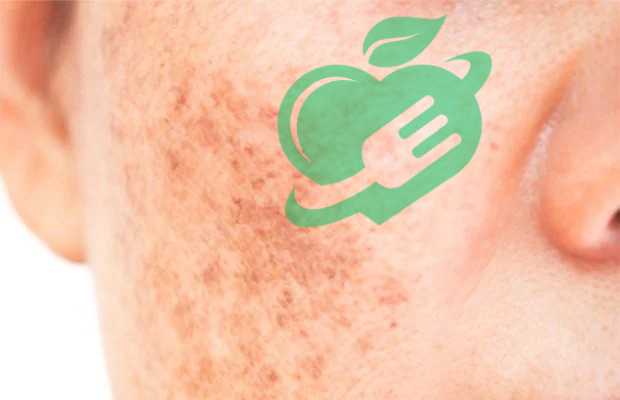
Skincare Routine for Sunspot Prevention
To effectively prevent sunspots, establishing a consistent skincare routine is essential, starting with cleansing and exfoliation. Cleansing removes dirt, makeup, and impurities from the skin, allowing other products to penetrate effectively. Let’s take a look at Angela, who recently revamped her skincare regimen. She discovered that using a gentle cleanser daily helped keep her skin clear and fresh. When it comes to exfoliation, incorporating a chemical exfoliant, such as glycolic or lactic acid, can encourage cell turnover. Here are some tips for effective cleansing and exfoliation:
- Double Cleansing: Start with an oil-based cleanser to remove makeup and sunscreen, followed by a water-based cleanser for a thorough clean.
- Frequency: Exfoliate 1-3 times a week, depending on your skin type. This helps remove dead cells and improves skin texture without irritation.
Hydration and Moisturization
Once the skin is clean and exfoliated, the next step is hydration and moisturization. Keeping your skin hydrated is crucial in preventing a variety of skin issues, including sunspots, as dryness can exacerbate pigmentation problems. Consider Jay, who noticed a positive change in his skin after he included a hydrating serum in his routine. He swears by hyaluronic acid, which helps draw moisture into the skin. Here are effective hydration tips:
- Layering Products: After cleansing, apply a hydrating serum before following it up with a moisturizer. This creates a moisture barrier that helps retain hydration.
- Choosing the Right Products: Look for moisturizers containing ingredients like glycerin, shea butter, or ceramides for optimal moisture retention.
Use of Brightening Agents
Incorporating brightening agents into your skincare routine can further help in preventing sunspots. These ingredients specifically target pigmentation and promote an even skin tone. For instance, Michelle incorporated vitamin C serum into her morning routine after learning about its brightening benefits. She noticed a remarkable difference in her skin’s radiance! Let’s explore effective brightening agents:
- Vitamin C: An antioxidant that helps reduce dark spots and protect the skin from environmental damage.
- Niacinamide: Known for its anti-inflammatory properties, it can help brighten skin and minimize discoloration.
- Licorice Extract: A natural ingredient that brightens skin and inhibits melanin production, making it an excellent choice for preventing sunspots.
In summary, a well-structured skincare routine that highlights cleansing, hydration, and the use of brightening agents is key to preventing sunspots. Implementing these practices will empower individuals to take proactive steps in achieving a healthier, more radiant complexion.
Read also: 3 Extremely dangerous sun burns
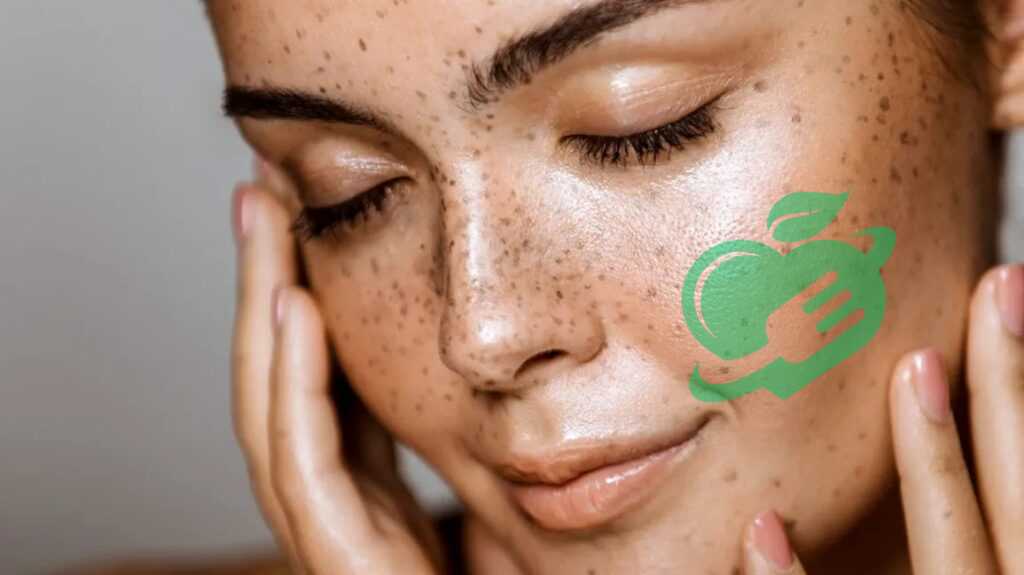
Lifestyle Changes for Healthy Skin
Achieving and maintaining healthy skin goes beyond topical treatments; it involves embracing a balanced diet and staying adequately hydrated. The foods we consume significantly affect our skin’s appearance and resilience against conditions like sunspots. Think about Sam, a busy professional who made a conscious effort to incorporate more fruits and vegetables into his meals. He found that not only did he feel better, but his skin also began to reflect that positive change. Here’s how to create a skin-friendly diet:
- Include Antioxidants: Foods rich in antioxidants, such as berries, leafy greens, and nuts, can combat oxidative stress and keep skin youthful.
- Healthy Fats: Incorporate sources of omega-3 fatty acids, like salmon and flaxseeds. These can help maintain skin’s elasticity and hydration.
- Hydration: Drink plenty of water throughout the day. Aim for at least eight glasses; hydration helps to flush out toxins and keeps skin plump.
Managing stress and sun spots on the face
Stress can wreak havoc on the skin, sometimes manifesting as breakouts, dryness, or increased pigmentation. Therefore, managing stress is vital for cultivating healthy skin. Consider Mia, who found that practicing yoga and meditation not only improved her mental health but also had a noticeable impact on her skin. Finding effective stress-relief techniques is essential. Here are a few strategies:
- Mindfulness Practices: Regular meditation or breathing exercises can lower stress levels, which may lead to clearer skin.
- Physical Activity: Engaging in regular exercise aids in reducing stress hormones and enhances blood circulation, contributing to a healthy glow.
- Social Connections: Spending time with friends or family can alleviate stress and foster a sense of community and support.
The importance of getting enough sleep to get rid of sunspots
Finally, adequate sleep cannot be underestimated when it comes to skin health. During sleep, the body engages in repair and regeneration, which is critical for maintaining healthy skin. Emily learned this lesson after neglecting her sleep schedule and noticing dullness in her complexion. Once she prioritized sleep, her skin was revitalized and much healthier. Here’s why sleep is essential:
- Cell Renewal: During deep sleep, the skin repairs itself, shedding old skin cells and promoting new growth.
- Stress Reduction: Quality sleep helps to lower stress levels, further contributing to a clearer complexion.
- Balance Hormones: Sleep can regulate hormones that affect skin health, helping to prevent breakouts and other skin concerns.
In conclusion, implementing these lifestyle changes can create a solid foundation for healthy skin. A balanced diet, effective stress management, and proper sleep are all vital components in the journey toward achieving radiant, vibrant skin. Embracing these habits can lead to lasting results beyond mere surface treatments.
Read also: The 3 most important problems of oily skin.

Professional Advice and Consultation
When it comes to managing sunspots and maintaining healthy skin, seeking professional advice from a dermatologist is invaluable. Dermatologists are experts not only in skin treatment but also in preventative care, making them pivotal allies in your skincare journey. Take Paul, for instance. After noticing an increase in sunspots and uneven skin tone, he scheduled an appointment with a dermatologist. The expert provided him with a tailored regimen that included topical treatments and lifestyle suggestions. Here are some key recommendations dermatologists often suggest:
- Personalized Skincare Routine: They can evaluate your skin type and the specific needs of your skin, advising on the right products and treatments to include.
- Treatment Plans: Whether you require prescription creams or professional treatments like chemical peels or laser therapy, a dermatologist can provide options based on your skin’s condition.
- Education on Ingredients: Learning about active ingredients in skincare products can help you make informed choices that best suit your skin’s needs.
Importance of Regular Skin Checks
Regular skin checks with a dermatologist are essential for proactive skin health, especially as skin conditions can develop unpredictably. By incorporating these check-ups into your routine, you can catch any early signs of issues. Consider Lisa, who started getting annual skin checks after turning 30. During one visit, her dermatologist detected a suspicious mole that turned out to be pre-cancerous. Thanks to early intervention, Lisa’s outcome was favorable. Key points about regular skin checks include:
- Early Detection: Routine appointments allow for the identification of changes in existing sunspots or new growths that may require action.
- Professional Evaluation: A trained eye can distinguish between harmless spots and those that warrant further investigation.
- Ongoing Education: Regular visits provide opportunities for patients to learn about the latest advancements in skincare, helping them adapt their routines accordingly.
In summary, professional advice and regular consultations with dermatologists can significantly contribute to maintaining healthy, radiant skin. Prioritizing these aspects empowers individuals to take charge of their skin health and make informed decisions that yield the best results. Whether it’s personalized treatment plans or essential skin checks, professional guidance plays a crucial role in achieving and sustaining long-term skin health.
Read also: 5 perfect tips for perfect, fresh skin.
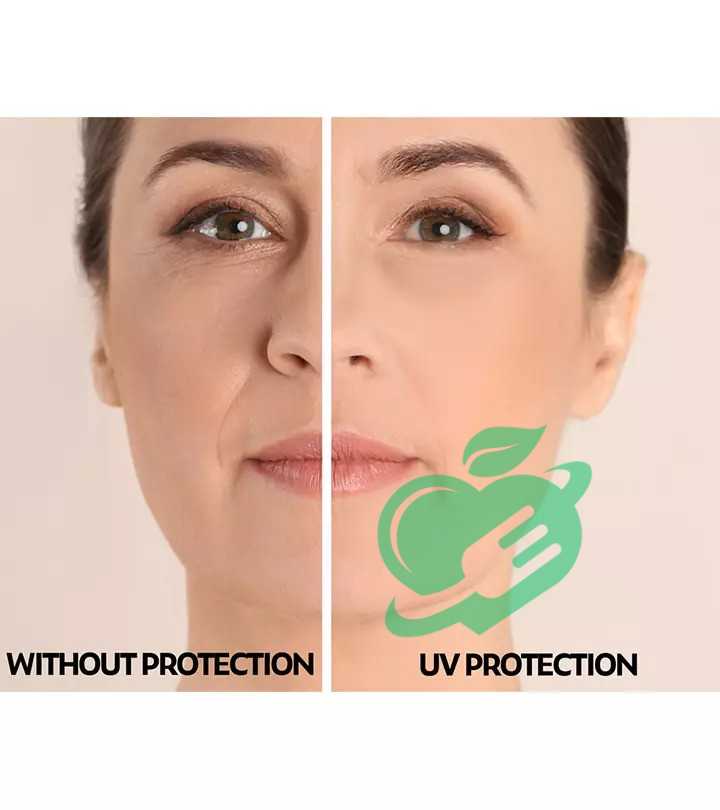
Recap of Sunspot Management Strategies
As we wrap up our discussion on sunspots and overall skin health, it’s essential to revisit the effective strategies that can be implemented to manage and prevent these pesky blemishes. From understanding their causes to seeking professional advice, there are proactive steps everyone can take. Here’s a succinct recap of the sunspot management strategies we’ve explored:
- Daily SPF Use: Prioritize applying sunscreen every day, regardless of the weather, to prevent further UV damage. Aim for at least SPF 30.
- Cleansing and Exfoliation: Establish a consistent skincare routine that includes proper cleansing to remove impurities and gentle exfoliation to promote cell turnover.
- Hydration and Moisturization: Keep skin hydrated with serums and moisturizers tailored to your skin type, ensuring adequate nourishment.
- Diet and Lifestyle Changes: A balanced diet rich in antioxidants, alongside stress management techniques and sufficient sleep, supports overall skin health.
- Professional Consultations: Regular visits to a dermatologist for personalized recommendations and skin checks can help in the early detection and treatment of any concerning changes.
Encouragement for Healthy Skin Practices
Taking care of your skin shouldn’t feel daunting; it can be an enjoyable and fulfilling part of your daily routine. By incorporating these strategies into your lifestyle, you’ll not only help prevent sunspots but also promote overall skin vitality. Sarah, for example, transformed her skincare habits into a self-care ritual that she looks forward to each day. From trying new nourishing recipes to spending time outdoors with a protective hat on, she found joy in both protecting her skin and enhancing her well-being. Here’s a gentle reminder:
- Consistency is Key: Establishing and maintaining a routine will yield the best long-term results.
- Be Patient: Results may take time, but your commitment will pay off in clearer, healthier skin.
- Celebrate Your Progress: Whether it’s a compliment from a friend or noticing a visible improvement, acknowledge and celebrate your journey toward healthier skin.
Frequently asked questions
What is the medical term for sunspots?
The scientific name for sunspots is actinic keratoses or solar keratoses. While they are not cancerous, they are considered pre-malignant, indicating that they can potentially develop into squamous cell carcinoma. 1.
Will sunspots ever go away?
Most sunspots, commonly referred to as “liver spots” despite being unrelated to the liver, tend to lighten over time. However, they usually do not vanish entirely due to the lasting damage caused to the skin by sun exposure. Sunspots appear as flat patches of discolored skin that can range from tan to various shades of brown. 2.
Why do I get sunspots even with sunscreen?
For many years, it was believed that sunspots were solely a result of the sun, as implied by their name. However, we now understand that heat can also trigger melanin production. This indicates that even if you are careful with sunscreen and try to stay in the shade, your skin can still develop sunspots if it is subjected to excessive heat. 3.
How can I fade dark sunspots in 3 days?
Use fresh lemon juice, a baking soda paste, or aloe vera gel on the affected areas 2-3 times daily. These natural agents possess bleaching qualities that can effectively lighten spots. Be regular with the application, and to ensure safety, perform a patch test beforehand. 4.
What is the best dark sunspot remover?
Hydroquinone is a well-known topical treatment for hyperpigmentation. It functions by blocking the production of melanin, which helps to lighten dark spots and enhance the overall complexion, according to Reszko. 5.
Will exfoliating remove sunspots?
Similar to maintaining proper hydration, this won’t eliminate sunspots or other sun-related skin damage, but it can help diminish their visibility. 6.
Follow us for more updates and breaking news, as we provide you with everything new.
- cbdskincancer ((↩))
- michelegreenmd ((↩))
- reneerouleau ((↩))
- psrihospital ((↩))
- vogue ((↩))
- theskincenterbycps ((↩))

